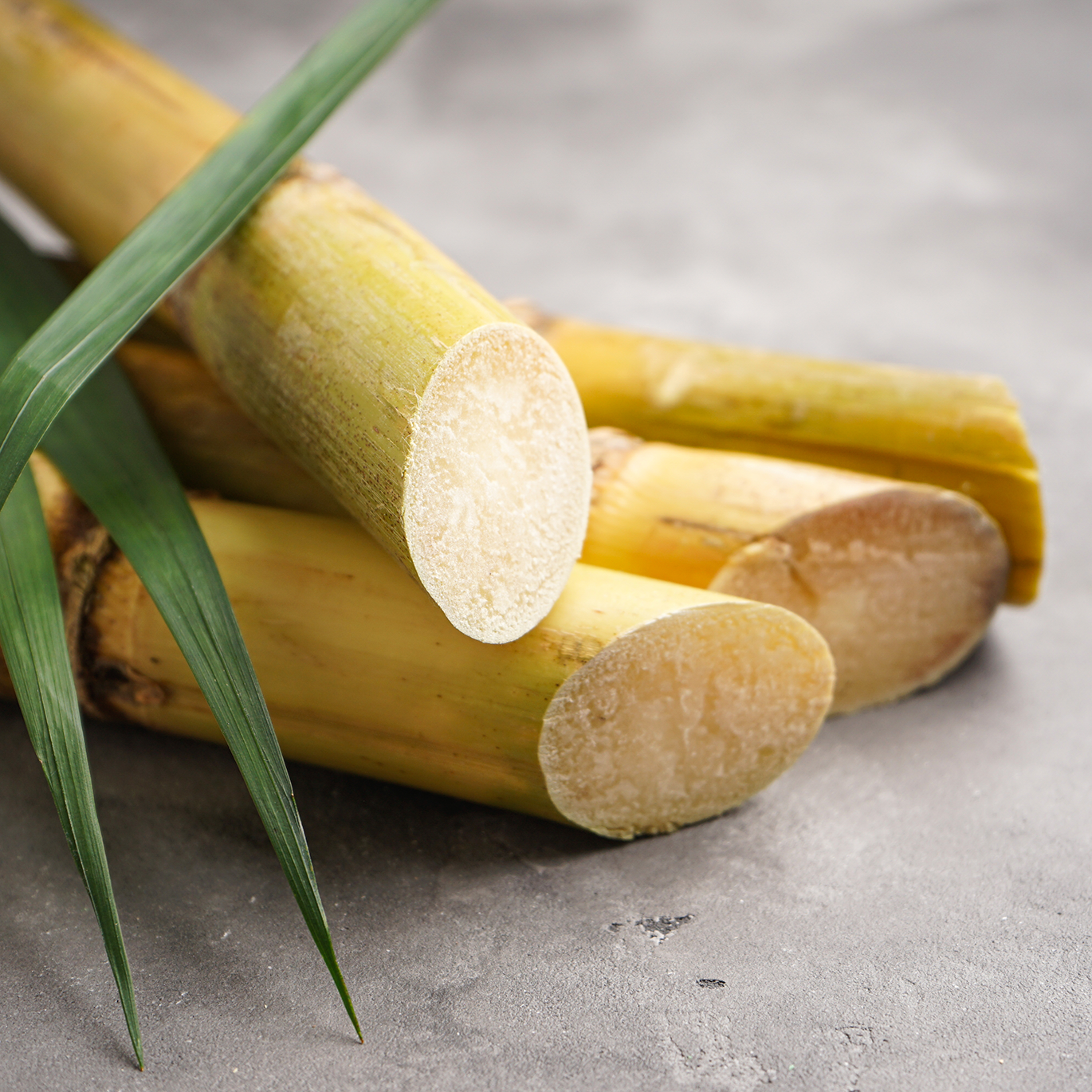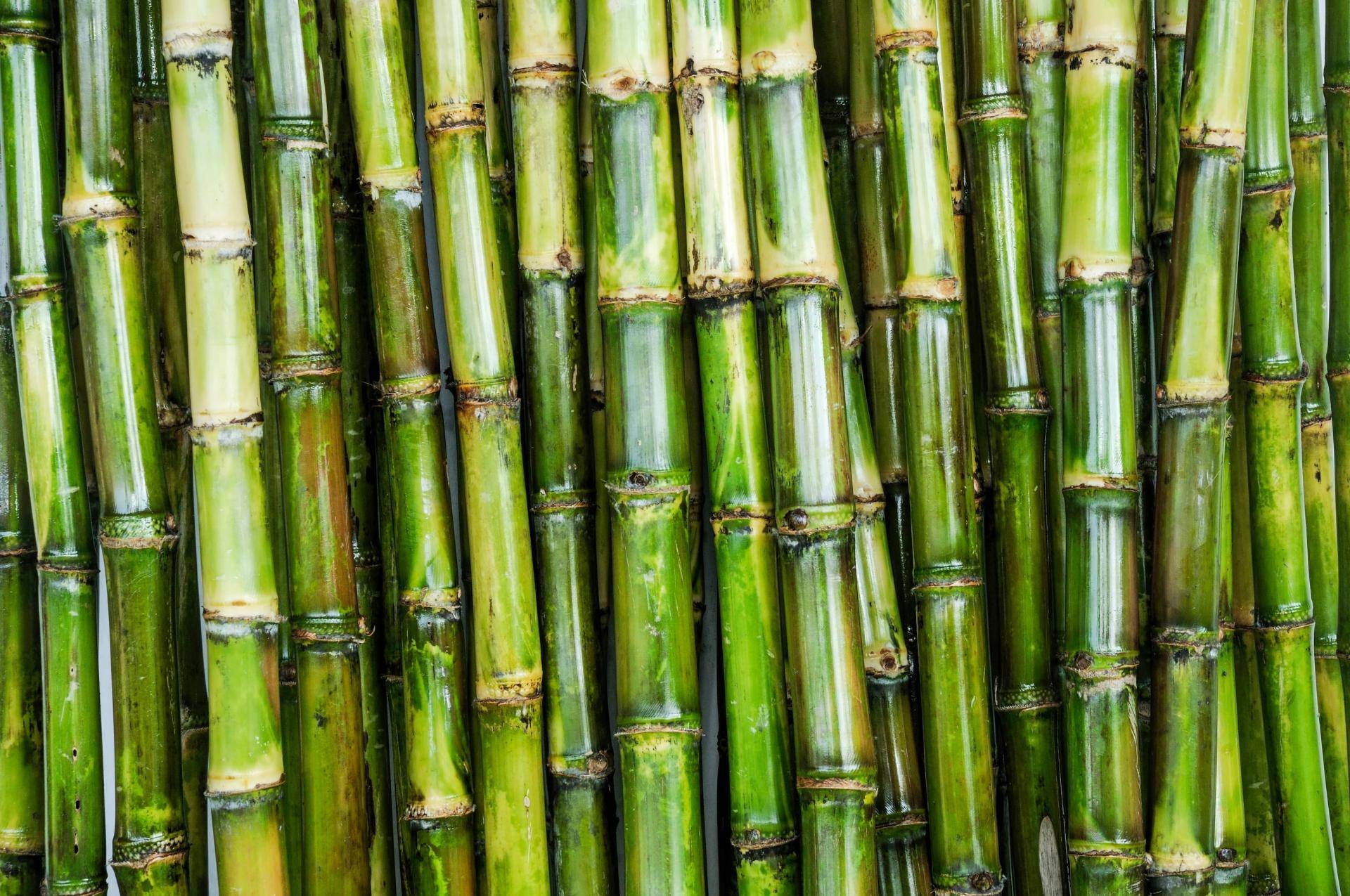Discover the Health Benefits of Sugar and Cane in Your Diet
How Walking Cane Sugar Processing Chemicals Improve Sugar Top Quality and Return
The function of handling chemicals in walking cane sugar production is pivotal, as they directly affect both the quality and yield of the last product. By using substances such as lime and phosphoric acid, suppliers can properly eliminate pollutants and boost removal performance. The unification of turned on carbon and enzymes offers to maximize the failure of complicated sugars, eventually leading to a purer and higher-quality sugar. The details of exactly how these chemicals communicate within the handling atmosphere raise inquiries regarding their long-term effects and prospective advancements in the sector.
Summary of Cane Sugar Processing
Walking cane sugar processing involves a collection of crucial actions that transform raw sugarcane right into refined sugar items. The procedure starts with harvesting, where fully grown sugarcane stalks are cut and transported to refining facilities. Upon arrival, the walking stick undergoes washing to get rid of pollutants such as dirt and plant materials.
Adhering to washing, the walking stick is crushed to draw out the juice, which has sucrose - sugar and cane. This juice undergoes information, where lime and warmth are utilized to get rid of remaining contaminations and non-sugar components. The cleared up juice is after that evaporated to focus the sugar web content, resulting in the development of thick syrup
Following, the syrup is crystallized with a regulated cooling procedure, resulting in sugar crystals. These crystals are divided from the continuing to be syrup in centrifuges. The raw sugar obtained is commonly brown as a result of recurring molasses material. To accomplish polished sugar, more purification steps are applied, consisting of cleaning, re-crystallization, and drying out.
The end product is either packaged as raw sugar or additionally refined right into white sugar, providing to numerous consumer and industrial needs. This comprehensive series of steps guarantees the production of premium sugar, necessary for many applications in food and drink markets.
Secret Processing Chemicals Used
The production of refined cane sugar depends on different processing chemicals that play substantial roles at different phases. This action is vital for enhancing the total quality of the removed juice.
Phosphoric acid offers a dual objective; it improves the clarification procedure and helps in the elimination of color-forming compounds, adding to a higher pureness of the last product. In addition, sulfur dioxide works as a bleaching agent, allowing for the efficient removal of undesirable pigments and enhancing the shade of the sugar.
Other notable chemicals include activated carbon, which is utilized for more decolorization, and enzymes that assist in the breakdown of complicated sugars into easier kinds, therefore boosting yield. The careful option and application of these handling chemicals are vital for maximizing the effectiveness of sugar removal and refining processes, eventually leading to a much more regular and higher high quality sugar item.

Effect On Sugar Quality
Exactly how do handling chemicals affect the quality of refined sugar? The introduction of different chemicals in the walking cane sugar handling phase considerably improves the pureness and total top quality of the end product. Key agents, such as phosphoric acid and calcium hydroxide, assist in the explanation procedure, effectively removing pollutants and colorants that can negatively impact sugar's appearance and preference. By neutralizing unwanted components, these chemicals help accomplish a greater level of decolorization, leading to an extra valuable and aesthetically enticing item.
Moreover, making find more use of triggered carbon and ion-exchange materials during the refining process plays an important function in getting rid of off-flavors and unfavorable odors, adding to the sugar's sensory account. This refinement not only elevates the organoleptic and aesthetic high qualities yet additionally enhances the service life by minimizing microbial task related to contaminations.
In addition, the precise application of these chemicals ensures that the sugar shows a constant grain size and flowability, which are essential features for both commercial applications and consumer choices. In general, the strategic use processing chemicals is basic in accomplishing top quality polished sugar that satisfies industry requirements and consumer assumptions.

Enhancing Return Efficiency
Enhancing yield effectiveness in walking cane sugar handling involves enhancing different phases of manufacturing to make the most of the quantity of sugar removed from raw walking cane. One critical aspect is the choice and application of proper handling chemicals, which can promote the breakdown of cell walls and enhance sugar release during extraction. Chemicals such as enzymes and acids play an important function check in this procedure by hydrolyzing polysaccharides and dissolving pollutants, consequently boosting the total removal performance.

Regular tracking and adjustment of handling parameters are vital to preserve performance throughout production (sugar and cane). By using these techniques, sugar manufacturers can not only boost the quantity of sugar acquired yet likewise lower waste and lower manufacturing expenses, adding to a more rewarding and sustainable sugar handling operation
Benefits for Producers and Consumers
Walking cane sugar processing chemicals provide substantial advantages for both producers and consumers, creating a more efficient and lasting industry. For producers, these chemicals improve extraction processes, resulting in higher yields and enhanced sugar high quality. By enhancing the purification and condensation stages, they decrease waste and boost general efficiency, which can substantially reduce production expenses. This efficiency allows producers to remain affordable in an international market identified by fluctuating prices and demand.
The better high quality of sugar translates to far better preference and uniformity in food products. In addition, the use of handling chemicals can lead to a more secure supply of sugar, reducing scarcities and cost spikes that can take place due to environmental variables or market fluctuations.
Verdict

The duty of handling chemicals in walking cane sugar manufacturing is critical, as they directly affect both the high quality and return of the last product (sugar and cane). The unification of triggered carbon and enzymes serves to maximize the malfunction of complicated sugars, ultimately leading to a purer and higher-quality sugar.Walking cane sugar handling includes a collection of essential steps that transform raw sugarcane right into refined sugar items.Enhancing yield efficiency in walking cane sugar handling involves maximizing various phases of production to make the most of the their explanation quantity of sugar drawn out from raw walking cane.Walking stick sugar handling chemicals play an important duty in improving both sugar quality and yield